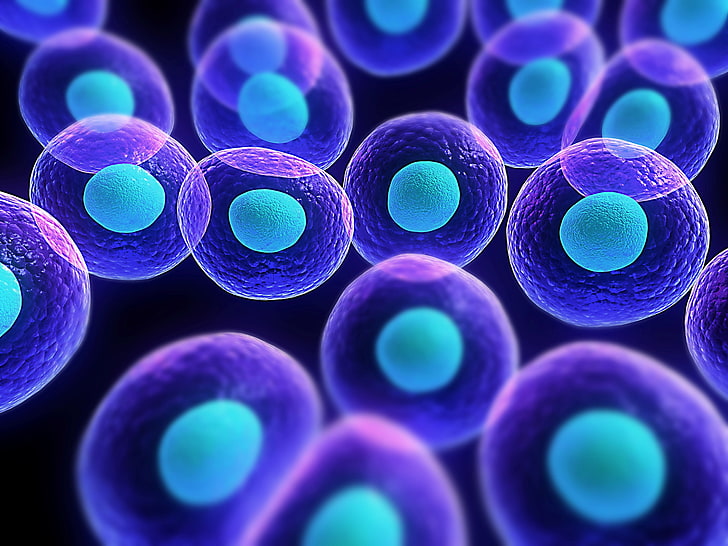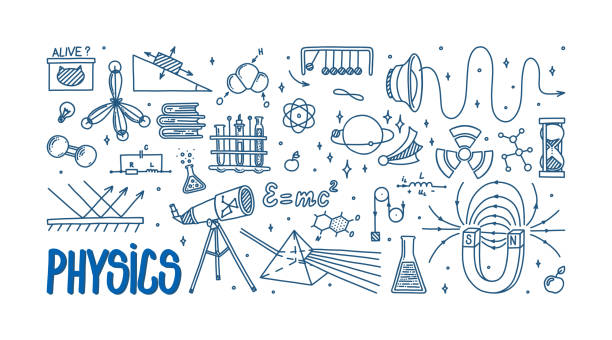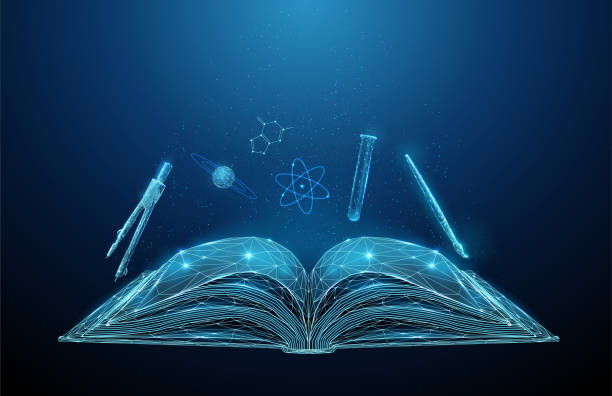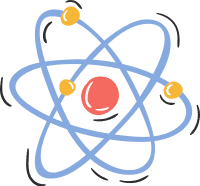
Venkata Vijaya Kumar Veluri,

Class XII CBSE Physics course covering all key concepts with theory, practicals, and problem-solving for board exams & JEE preparation.
-
Level
-
3x per week
-
100 students
- To score a reasonably good percentage of marks in Board exams.
Curriculum Overview
This Class XII CBSE Physics course offers a comprehensive understanding of all key concepts, integrating theory with practical applications. It prepares students for board exams and competitive exams like JEE, enhancing problem-solving skills and conceptual clarity.
Curriculum Structure
Unit I: Electrostatics
- Electric charges and fields – Electric charges, conservation, Coulomb’s law, force between charges, superposition principle, electric field, field lines, dipole, torque, flux, Gauss’s theorem and its applications.
- Electrostatic potential and capacitance – Potential, equipotential surfaces, potential due to point charge/dipole/system, potential energy, conductors, dielectrics, capacitors, series/parallel combinations, energy in capacitor.
Unit II: Current Electricity
- Electric current, drift velocity, mobility, Ohm’s law, resistivity, conductivity, temperature dependence, internal resistance, emf, combination of cells, Kirchhoff’s laws, Wheatstone bridge, metre bridge, potentiometer.
Unit III: Magnetic Effects of Current and Magnetism
- Moving charges and magnetism – Biot-Savart law, Ampere’s law, force on current-carrying conductor, torque on coil, galvanometer, conversion to voltmeter/ammeter.
- Magnetism and matter – Bar magnet, earth’s magnetism, magnetic elements, dia-, para-, and ferromagnetic substances, hysteresis.
Unit IV: Electromagnetic Induction and Alternating Currents
- Faraday’s law, induced emf, Lenz’s law, eddy currents, self and mutual induction, AC circuits (resistor, inductor, capacitor), reactance, impedance, LC oscillations, resonance, transformer.
Unit V: Electromagnetic Waves
- Need of displacement current, electromagnetic waves and their characteristics, transverse nature, spectrum (radio to gamma rays).
Unit VI: Optics
- Ray optics and optical instruments – Reflection, refraction, total internal reflection, lens formula, magnification, power, microscopes, telescopes.
- Wave optics – Huygens’ principle, interference, Young’s double slit, diffraction (single slit), resolving power, polarization, Brewster’s law.
Unit VII: Dual Nature of Radiation and Matter
- Photoelectric effect, experimental study, Einstein’s equation, matter waves, de Broglie relation, Davisson-Germer experiment.
Unit VIII: Atoms and Nuclei
- Atoms – Rutherford, Bohr model, energy levels, hydrogen spectrum.
- Nuclei – Composition, size, mass-energy relation, binding energy, radioactivity (α, β, γ decay), nuclear fission and fusion.
Unit IX: Electronic Devices
- Semiconductors (intrinsic, extrinsic), p–n junction diode, I–V characteristics, junction diode as rectifier, LED, photodiode, solar cell, Zener diode, transistor characteristics, transistor as amplifier/switch.
About the Educator | Credentials 

Venkata Vijaya Kumar Veluri
Professional Physics Trainer with 29 years of Teaching Experience





















 Academics
Academics Tech Skills
Tech Skills Soft Skills
Soft Skills Hobbies & Wellness
Hobbies & Wellness
